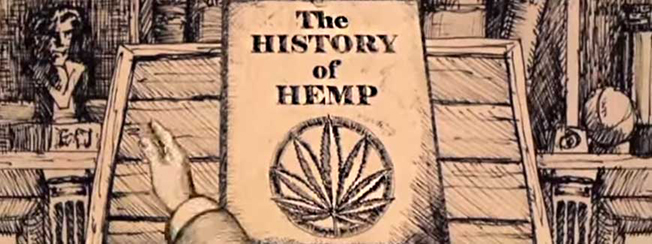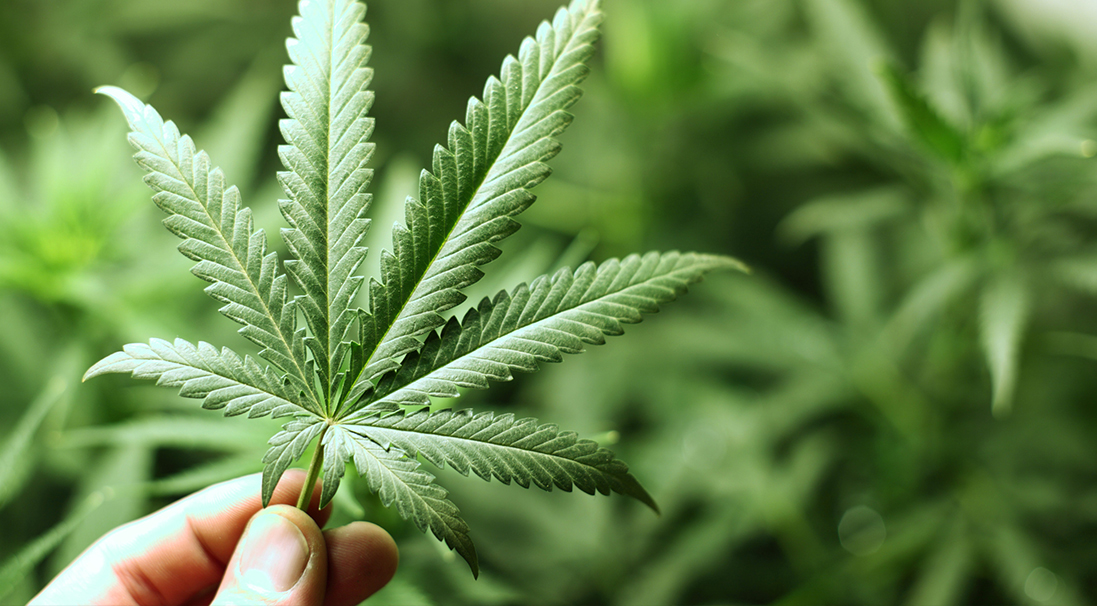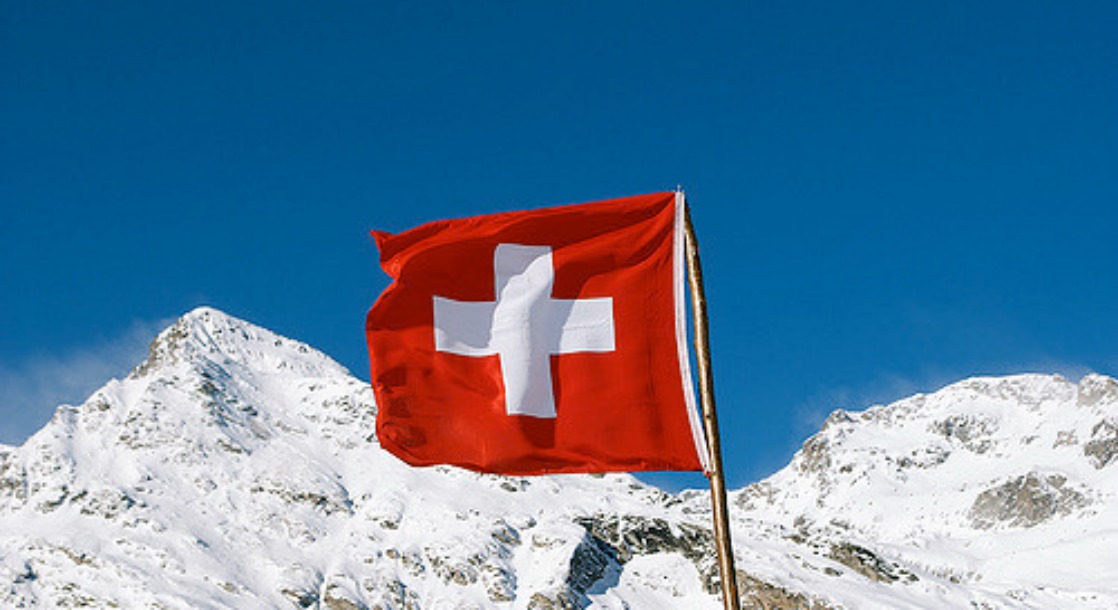Photo: Prana
The current national prohibition against cannabis in all its useful forms is a modern concept. Up until 1937, hemp was not only used in a variety of products, but was also cultivated on American farms across the nation. It wasn’t until 1951 and the passage of the Boggs Act that possession of marijuana and hemp came with mandatory minimum sentences. Before misguided law makers criminalized one of the world’s most useful fibers, hemp was a major player in the building of a new nation.
The first recorded use of hemp comes to us from the Jamestown settlement. In 1619, the Virginia state government mandated that all farmers had to grow hemp. The law refers to “English and Indian” hemp and states that those with hemp seeds must try to grow them or face punishment from the state legislature. Grown for its fibers, hemp was an early source of fabric and rope for settlers in the New World. Indian hemp is a reference to dogbane (Apocynum cannabinum) or armyroot used for thousands of years by Native Americans to make rope.
Photo: Explore UK
Hemp returns to the history books a century later when it was time to turf out the British and write the laws of a new democratic society. According to some historians, the first two drafts of the American Constitution were written on paper made from hemp fibers. Hemp paper was a normal part of life during this time period. The final versions of America’s founding documents are written on parchment. Parchment is made out of treated animal skin. Parchment would have taken longer to make and deemed more of a ‘special occasion’ paper. Think about it like this: hemp was your notepaper; sheep skin your watermarked vellum.
As pioneers made their way across the American continent, they took their hemp along for the ride; literally. Many of the wagons that travelled along the Oregon Trail were covered with a canvas of hemp fiber. Treated with linseed oil, the hemp covers kept out the prairie winds and trail dust as well as the rain. Early Mormon pioneers were instructed by Brigham Young to find the best places to grow hemp in 1861. Hemp seeds were valuable commodities in a wilderness devoid of the luxuries of the East Coast.

Photo: Center of the West
With the rise of oil, the popularity of hemp production began to decrease. Many of the products formerly made from hemp were now made from oil. During the early 20th century, hemp production in America also waned due to the import of cheaper hemp from the Philippines. That is, until World War II cut off foreign supplies and the federal government actively encouraged farmers to grow Hemp for Victory. Farmers that grew hemp were given government subsidies and excluded from the military draft. Hemp fields were a common sight in Virginia, Kentucky and Minnesota.
After the war, the rise of recreational cannabis had the federal government turning on its heels and criminalizing all forms of marijuana regardless of THC levels or usefulness. A lack of understanding about the differences between recreational marijuana and hemp fiber production meant high taxes and special licenses for growers. Cheap imports of lower quality fibers became the norm. American farmers received subsidies for corn and soy and the hemp fields of a few years before disappeared from the American landscape.
Much of America has forgotten its 400 years of hemp history. Hemp fiber use was lost to modernity in a misguided war on drugs, illogical politics and a lack of education. Let’s hope in this case the old adage proves true and all those that forgot America’s hemp history are delightfully doomed to repeat it.











